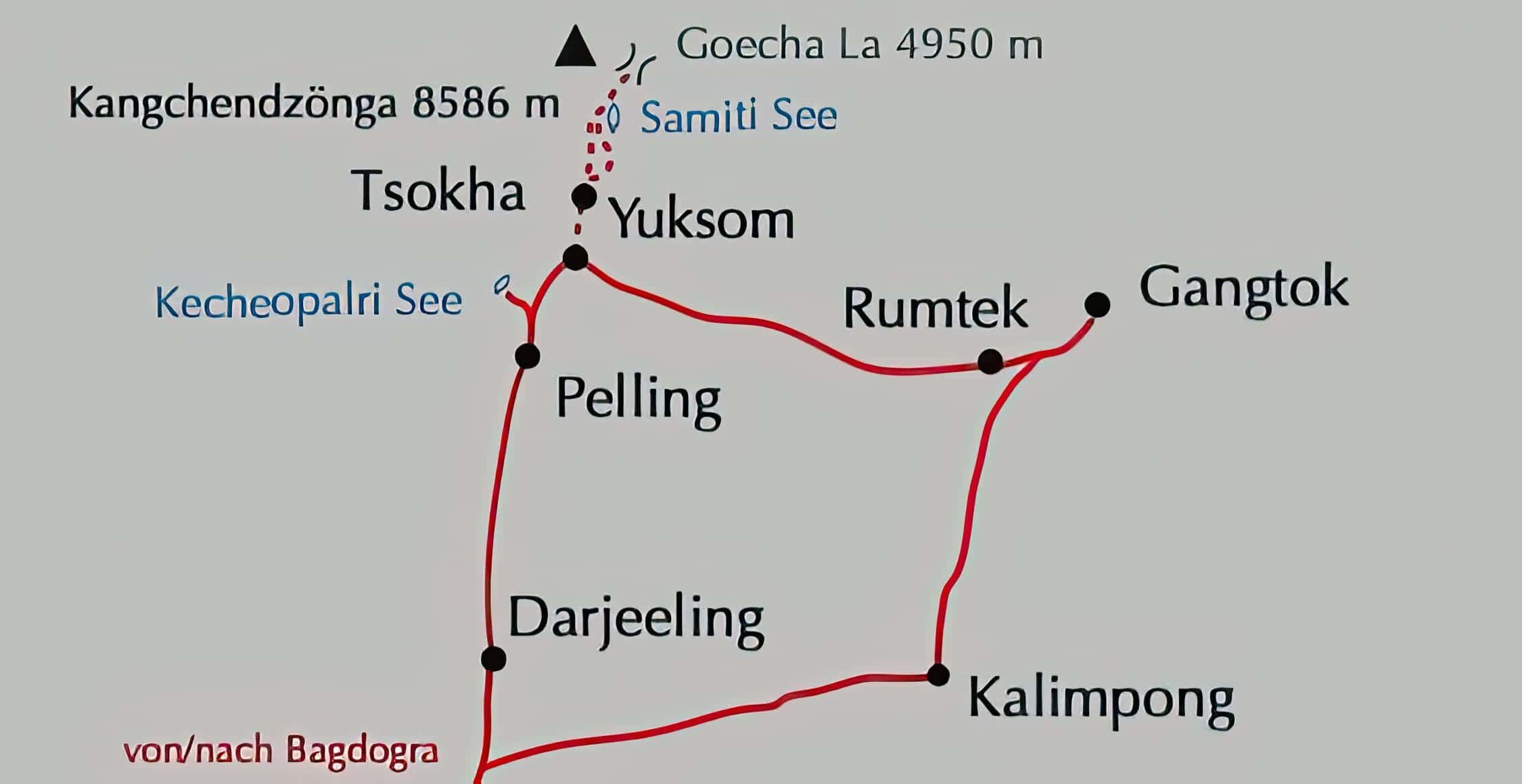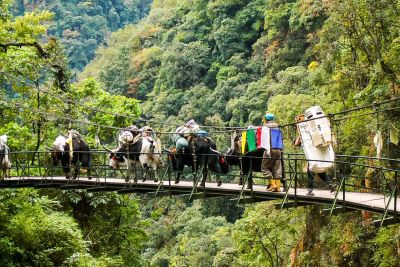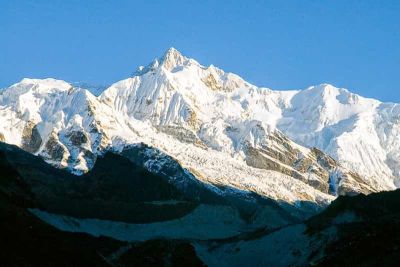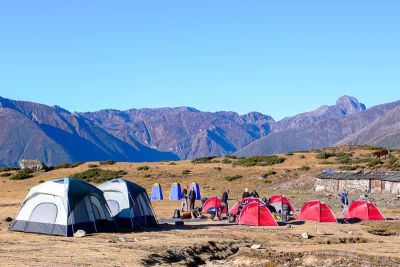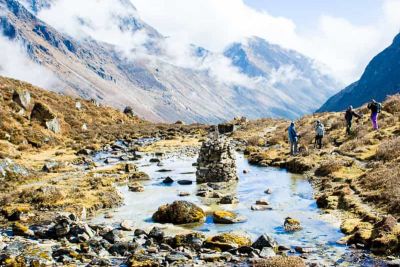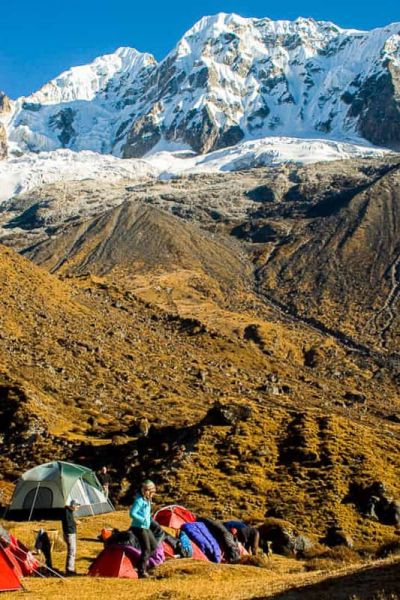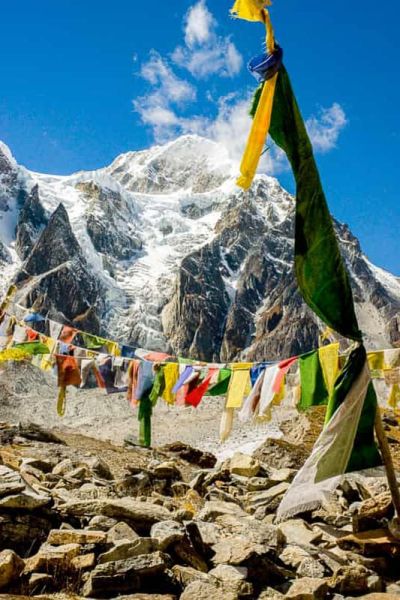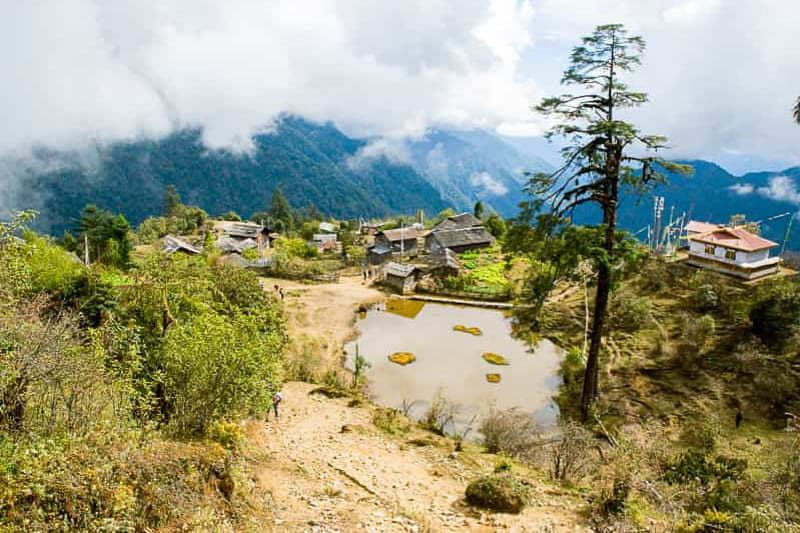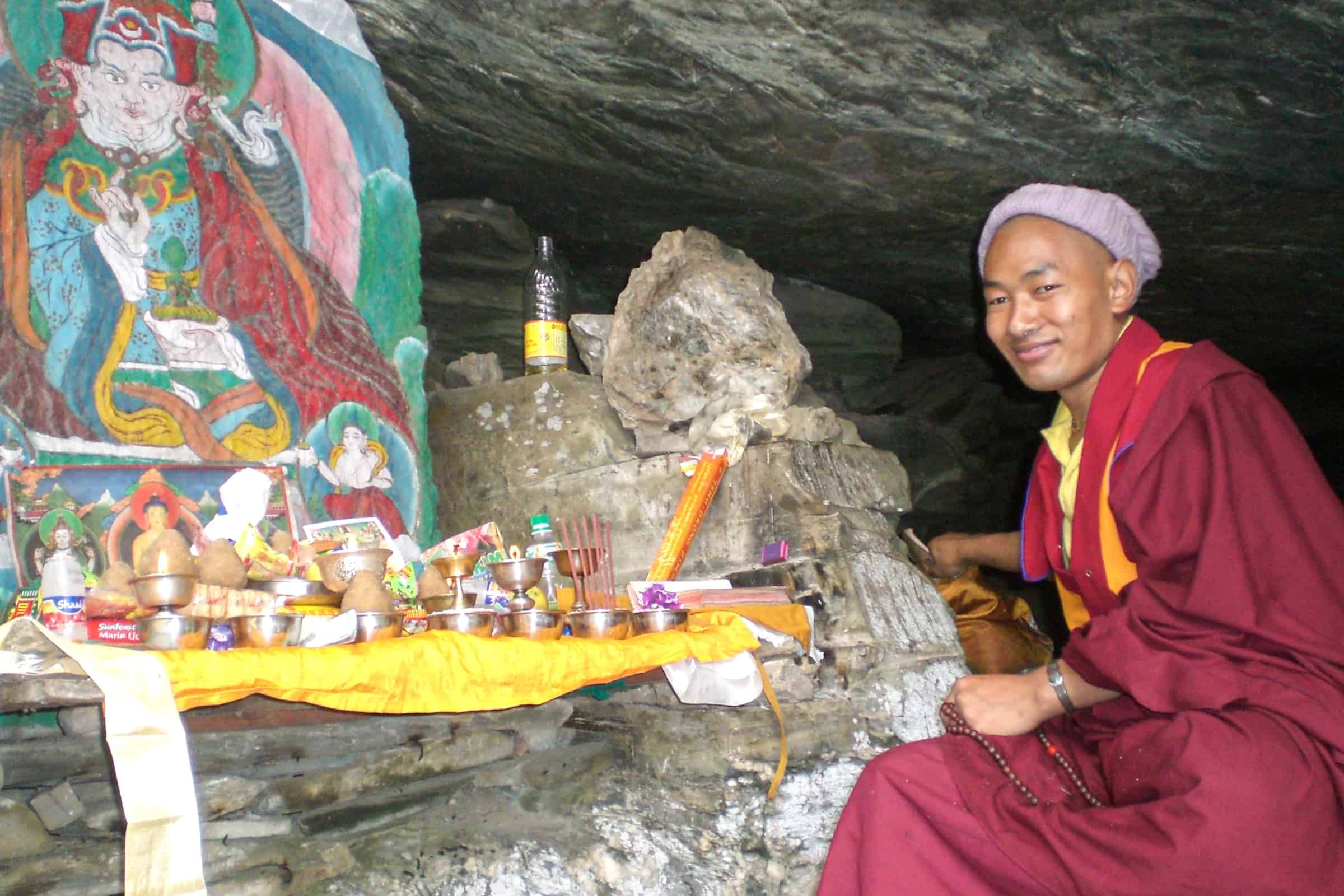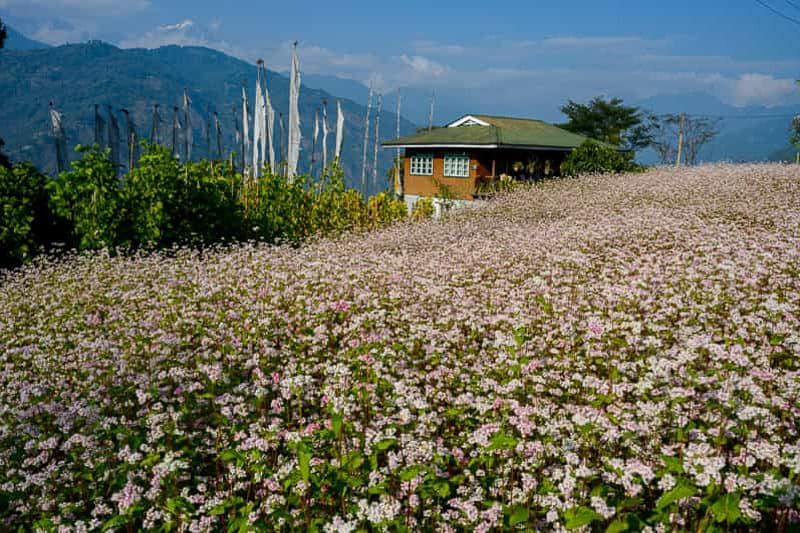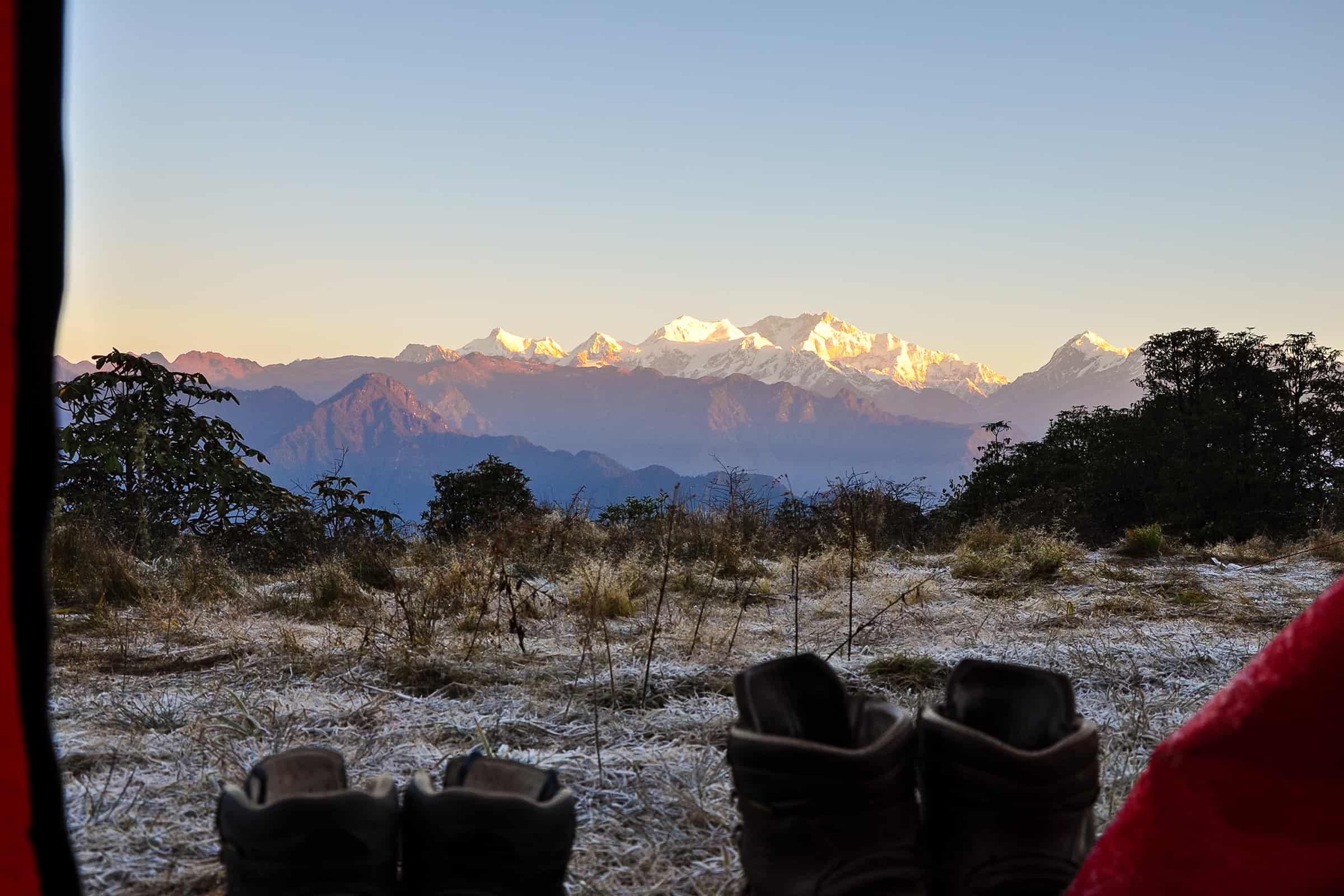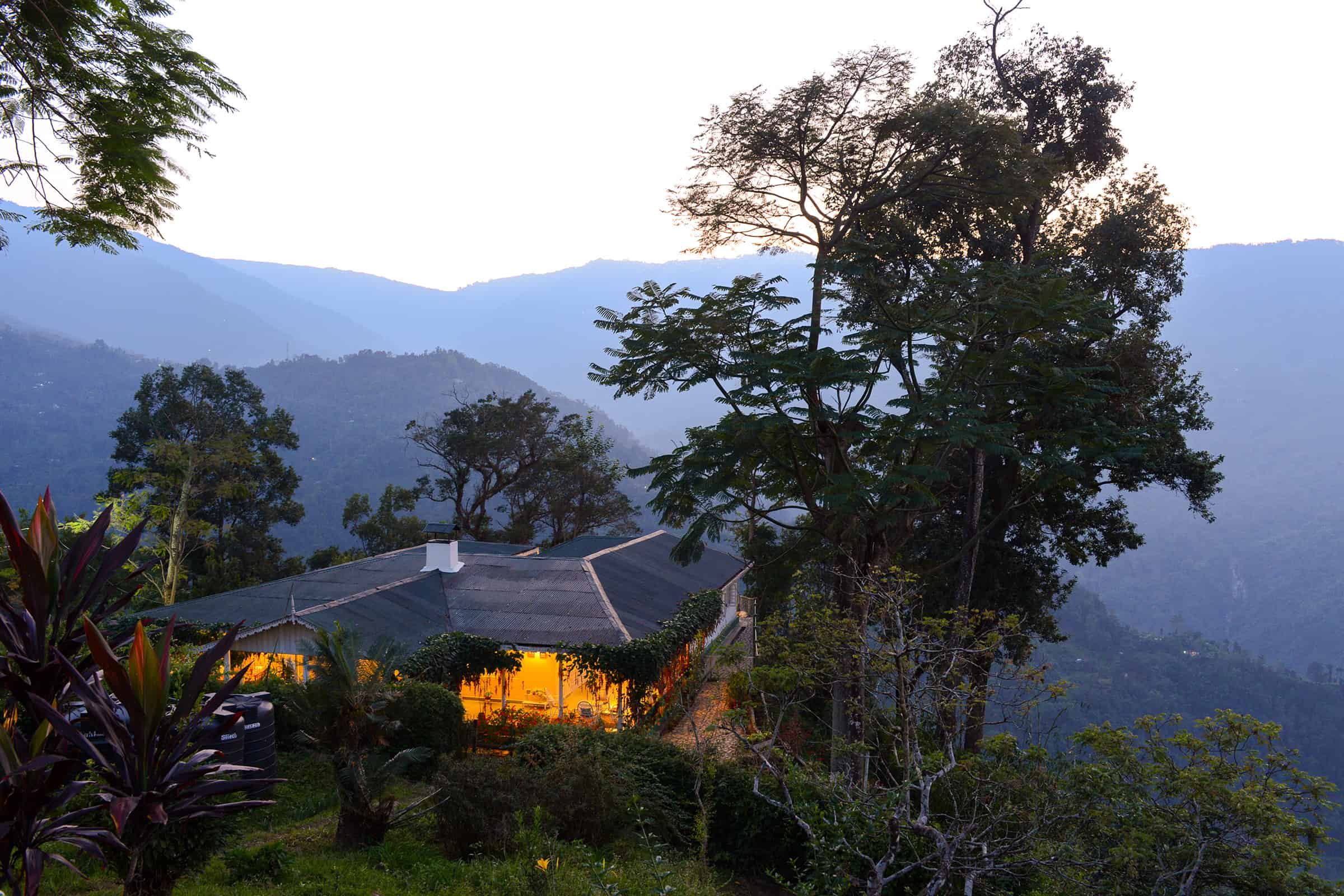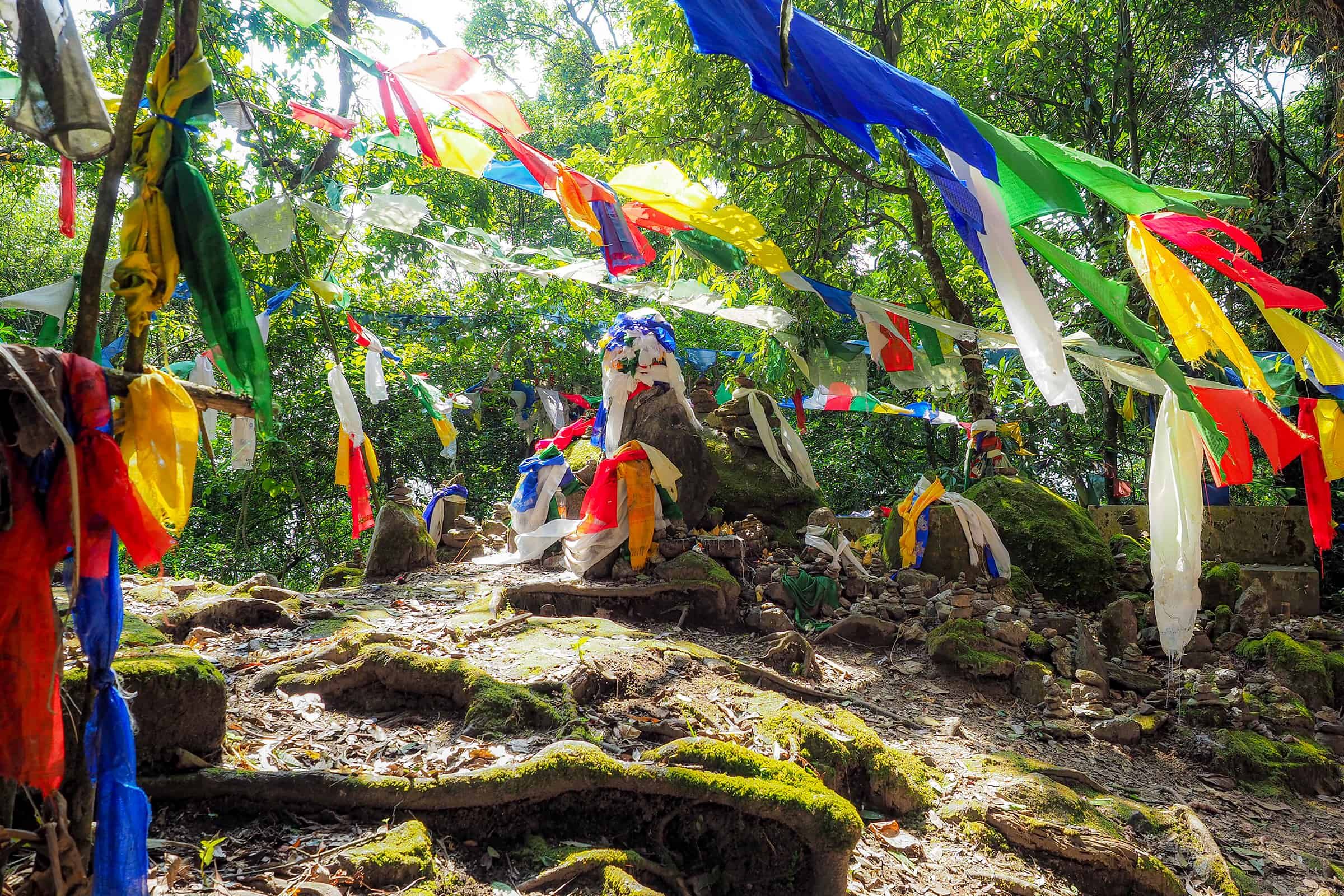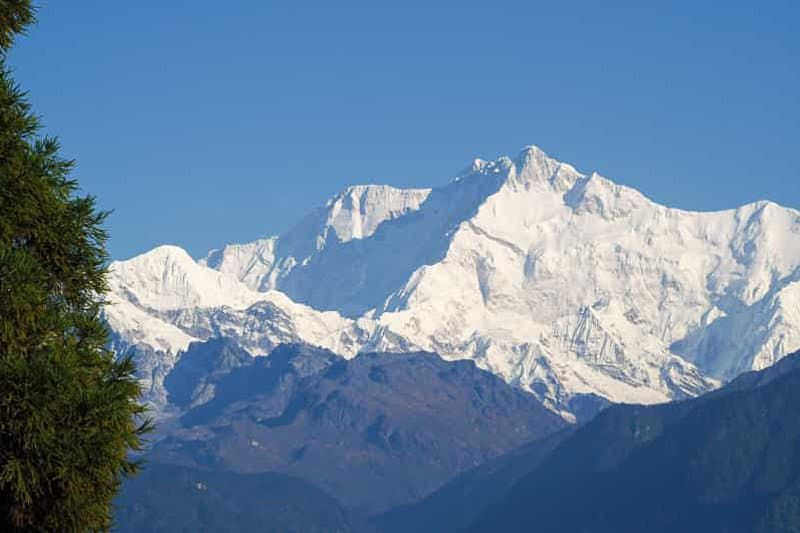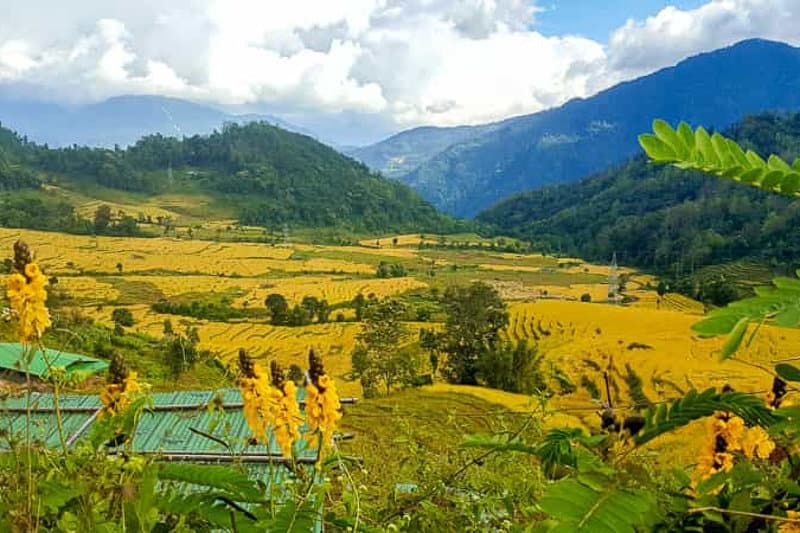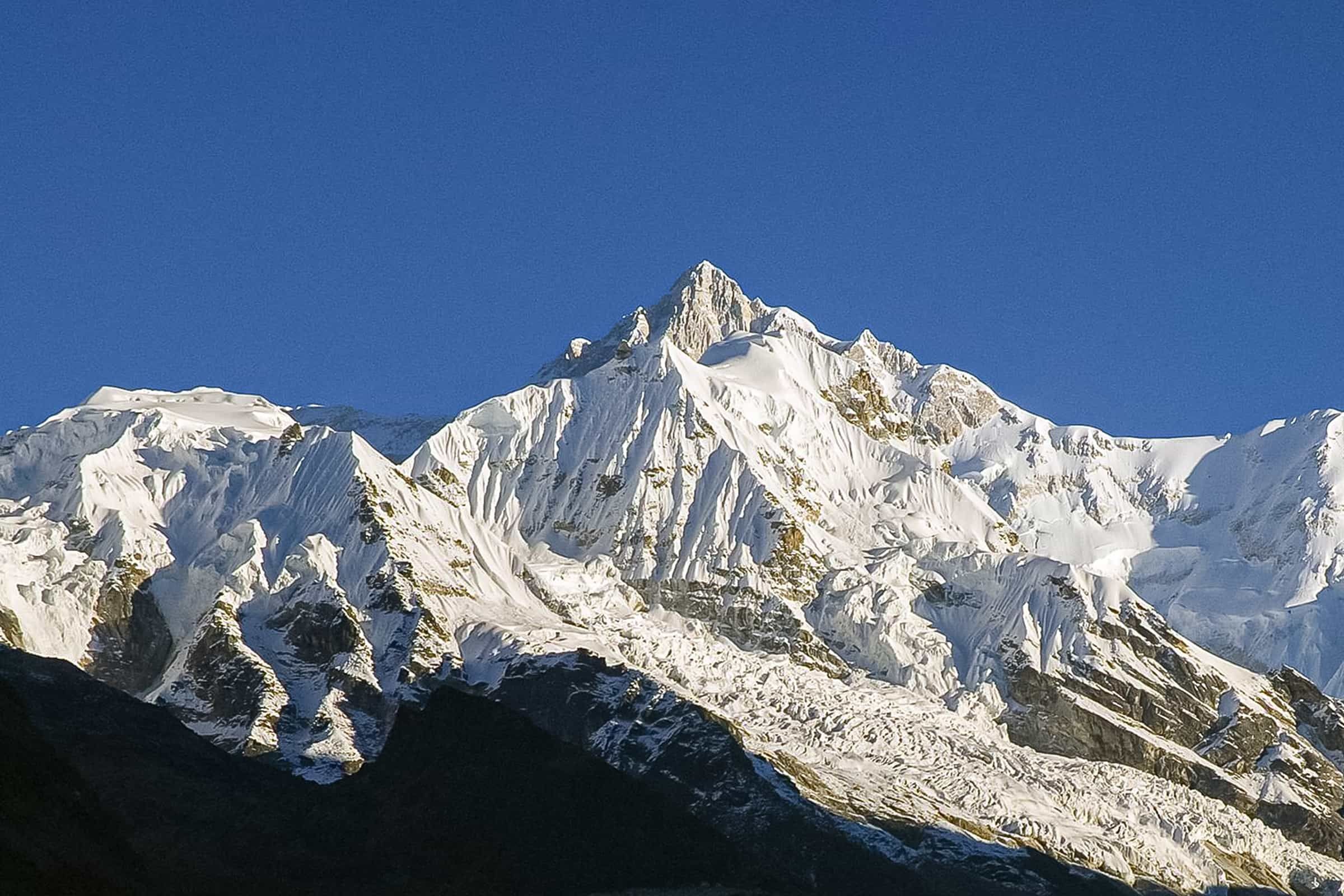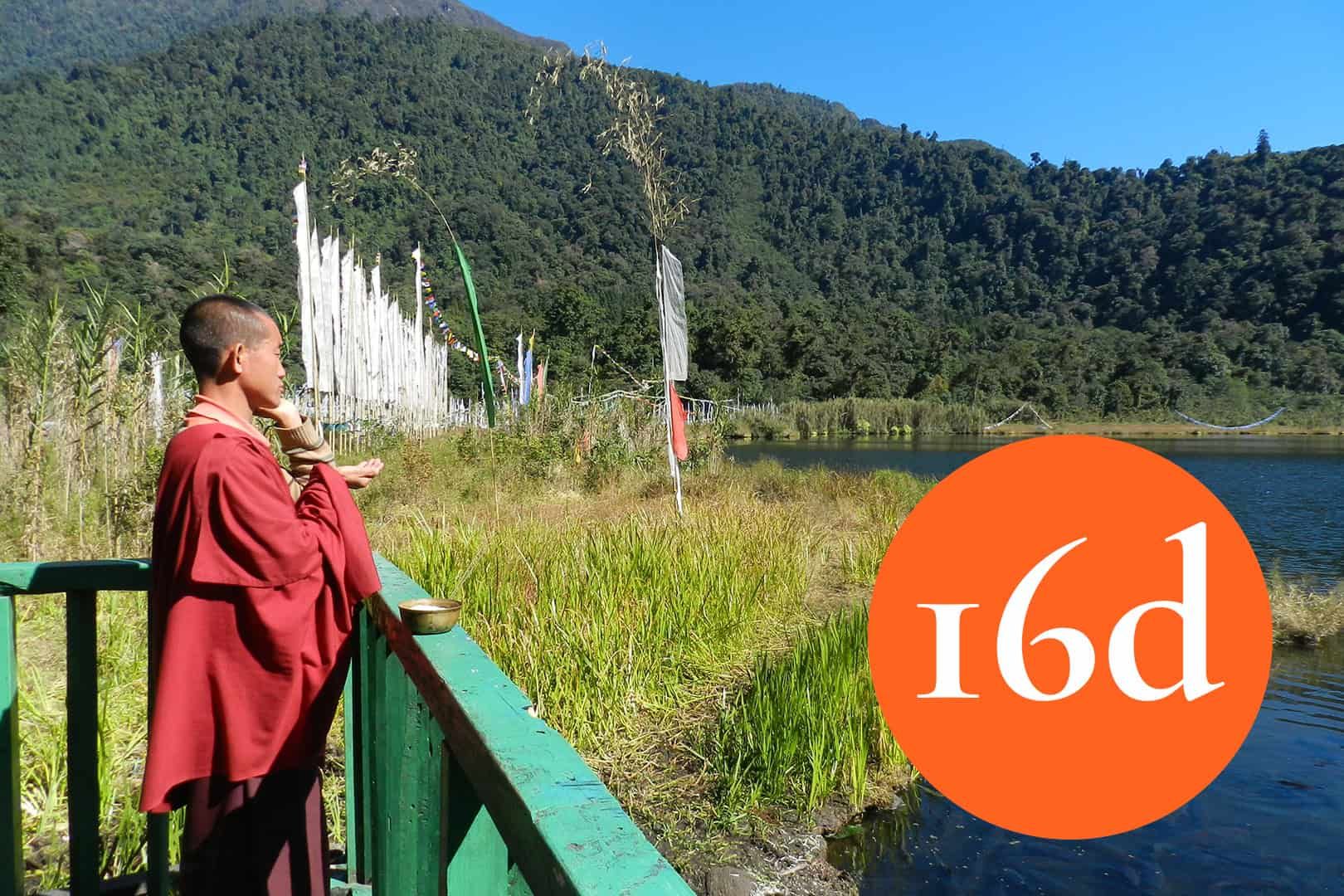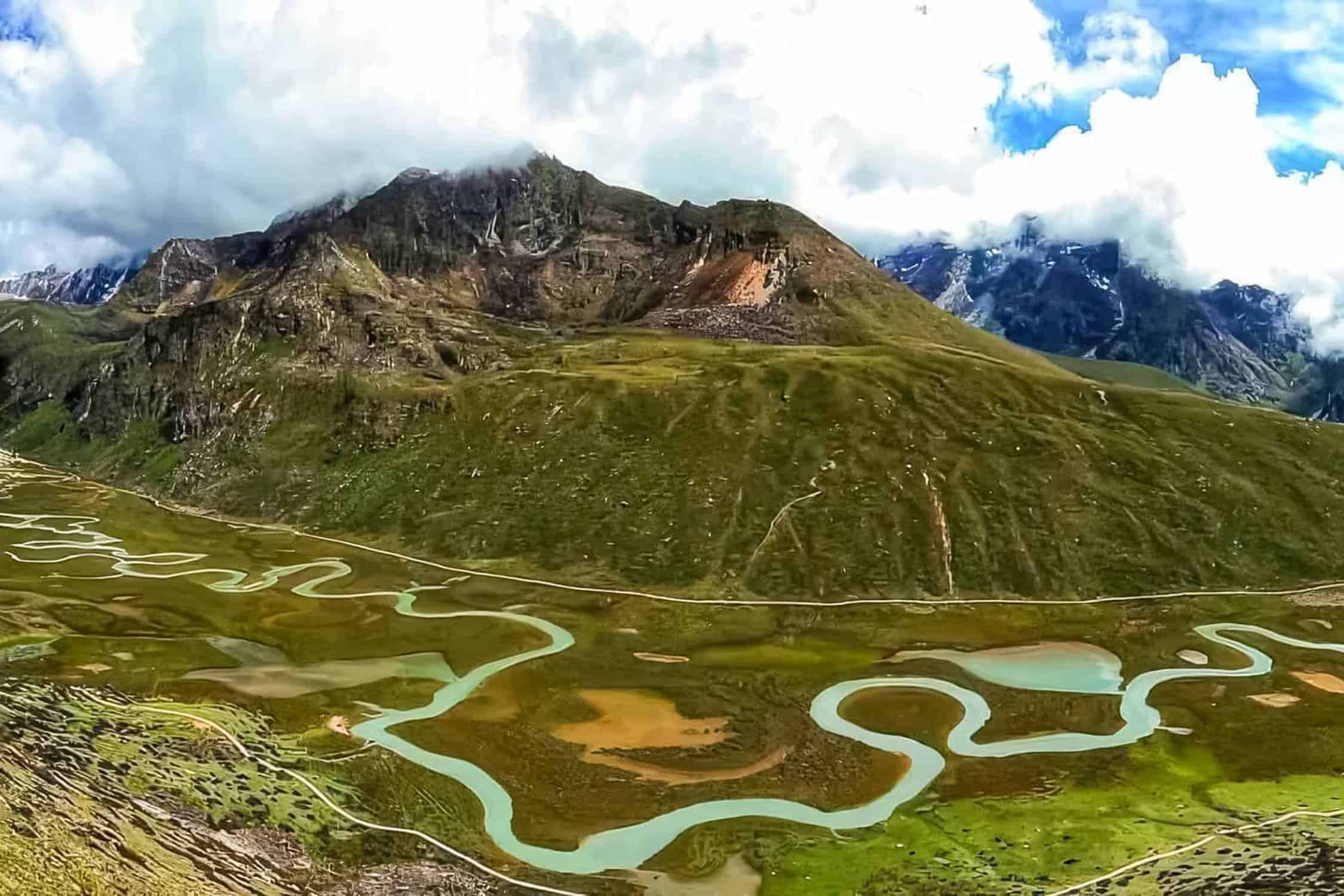Sikkim – Goechela trekking
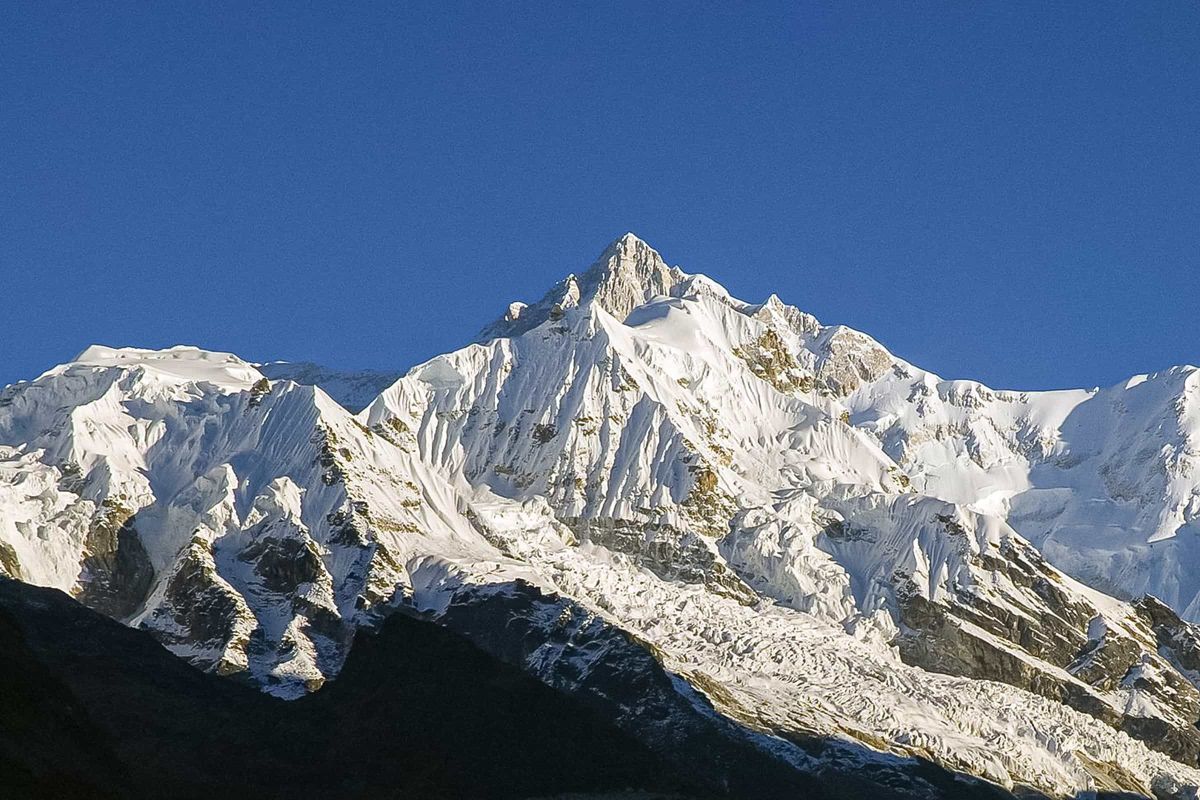
Private tours Sikkim – Hiking and trekking
Medium trekking
13 x
7 x
4,950m
Short description
The third highest mountain in the world, the 8,586 meter high Kangchendzönga, rises high above Sikkim. This 8000 meter peak marks the border between Sikkim and Nepal. We will go on an exciting trek to this ice giant with a fantastic mountain panorama.
The view from the almost 5,000 meter high Goecha La is very impressive and Sikkim is a botanical paradise with dense forests, rhododendrons and giant ferns.
We will travel to Darjeeling via Delhi. Who doesn’t know the world-famous tea from this region? It tastes twice as good in its homeland. However, we don’t just want to wait and drink tea, but enjoy the sunrise from Tiger Hill with a view of Kangchendzönga. During our trek, we will make our way through dense forests and past Tibetan villages up to alpine climate zones.
On the 4,950 metre high Goecha La pass, we will reach our destination and enjoy the fantastic view of the third highest mountain in the world. We will continue our tour to Gangtok, the heart of the former kingdom of Sikkim.
We are happy to customize your tour to your needs.
Combine your tour with other destinations or activities. Contact us – we will be happy to help you.
Route
